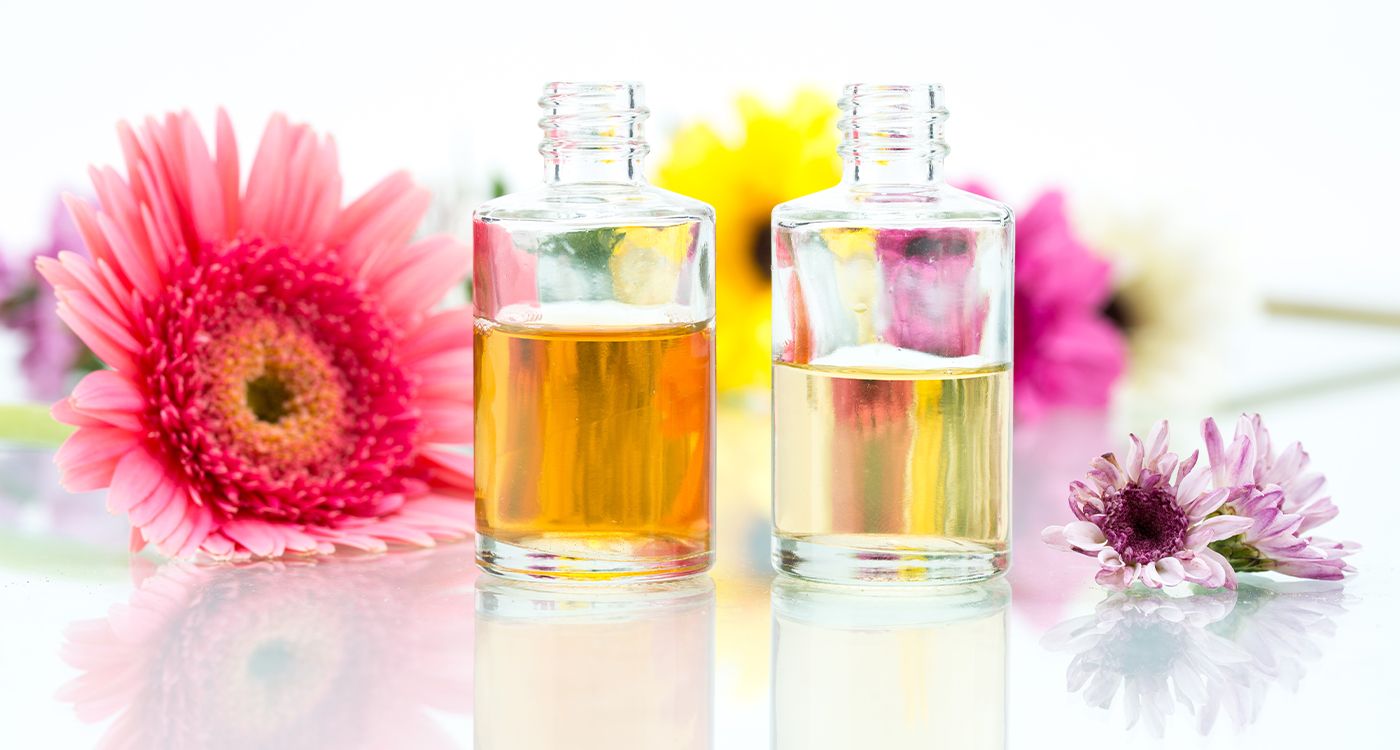
Long perceived as harmless wellness allies, essential oils enchant with their natural origins and therapeutic virtues. Nevertheless, their effects call for strict precautions. Here’s a balanced look at their real benefits and hidden dangers—a concise guide to cautious usage.
Lavender, peppermint, tea tree, lemon and ravintsara—essential oils have taken over natural medicine cabinets. They prominently feature in skincare rituals, cosmetic products and home remedies for everything from winter ailments to stress and pain relief. As concentrated extracts from aromatic plants, they embody a return to nature in a world where synthetic medications are often viewed with distrust.
However, this natural allure is deceptive, as essential oils are far from harmless. Their effectiveness stems from the high concentration of active molecules they contain, which can be both incredibly effective and potentially dangerous.
Just one drop of essential oil can be equivalent to dozens, even hundreds of grams of plant material. For example, it takes about three to four kilos of lavender flowers to yield just ten milliliters of essential oil. This concentration results in rapid and powerful effects but also increases the risk of serious side effects when misused. These include skin burns, irritation, allergies, hormonal imbalances and even severe poisoning. Misuse cases have been rising and increasingly reported to poison control centers, particularly since aromatherapy products became widely available over-the-counter.
Contrary to popular belief, “natural” does not necessarily mean gentle or safe. Some essential oils, such as cinnamon and oregano, are dermocaustic. Others, like lemon and bergamot, are photosensitizing, while oils like sage and eucalyptus globulus can be neurotoxic in high doses. Many essential oils also contain ketones, phenols or lactones—compounds that can be potentially toxic to the liver or nervous system. For pregnant women, young children and people with epilepsy, certain oils must be strictly avoided.
The risks don’t just stem from the type of oil but also from how they’re used. One of the most common mistakes is applying essential oils undiluted to the skin. When used pure, some oils can cause burns or severe allergic reactions. Ingestion, which is even more dangerous, is sometimes mistakenly recommended in books or blogs. Just a single drop of peppermint oil can trigger spasms, nausea, or a vagal response in sensitive individuals. Even diffusion, often seen as harmless, can cause respiratory problems or migraines if the room is poorly ventilated or the wrong oil is used.
What Aromatherapy Can Truly Offer
The aim is not to demonize essential oils, but to learn how to use them wisely and with discernment. Healthcare professionals trained in aromatherapy, such as certain pharmacists, doctors and naturopaths, can offer valuable guidance. Certification labels like chemotyped essential oil, organic, or 100% pure and natural help ensure quality assurance. However, even when selecting the right products, blind self-medication remains a risky practice.
That said, certain oils offer an excellent balance of benefits and risks when correctly used. For example, true lavender essential oil is among the safest. It is calming, wound-healing and relaxing, and can be used for diffusion or diluted topical application. Tea tree oil, though highly potent, is effective for treating skin infections like acne and fungal conditions, as long as it’s kept away from mucous membranes. Ravintsara is often recommended to prevent winter viral infections. While it is generally well tolerated in adults, caution is required when used by children or pregnant women.
It’s important to remember that essential oils cannot replace medical treatment. While their effectiveness is backed by scientific evidence in certain cases, it remains partial or complementary in many others. They can alleviate symptoms, boost immunity and improve sleep, but they cannot replace antibiotics for serious infections or proper medical oversight for chronic conditions.
Essential oils are powerful therapeutic tools, but only when handled with the same care and respect as any other active ingredient. Their usage should be grounded not in intuition or online advice, but in a thorough understanding of their properties, effects and limitations. When used wisely, they can become invaluable allies in everyday life. But when used carelessly, they can become dangerous foes.
Important Information Before Usage
Certain essential oils are strictly contraindicated during pregnancy, particularly sage, exotic basil, peppermint and thuja. Others, such as eucalyptus globulus and cinnamon, should be avoided in children under six. Before applying topically, always perform a patch test with diluted oil on a small area of skin and avoid contact with the eyes and mucous membranes. Some oils, such as tea tree or wintergreen, can be toxic to pets, even when diffused. It’s always recommended to consult a qualified professional rather than relying on uncertain intuition.


Comments